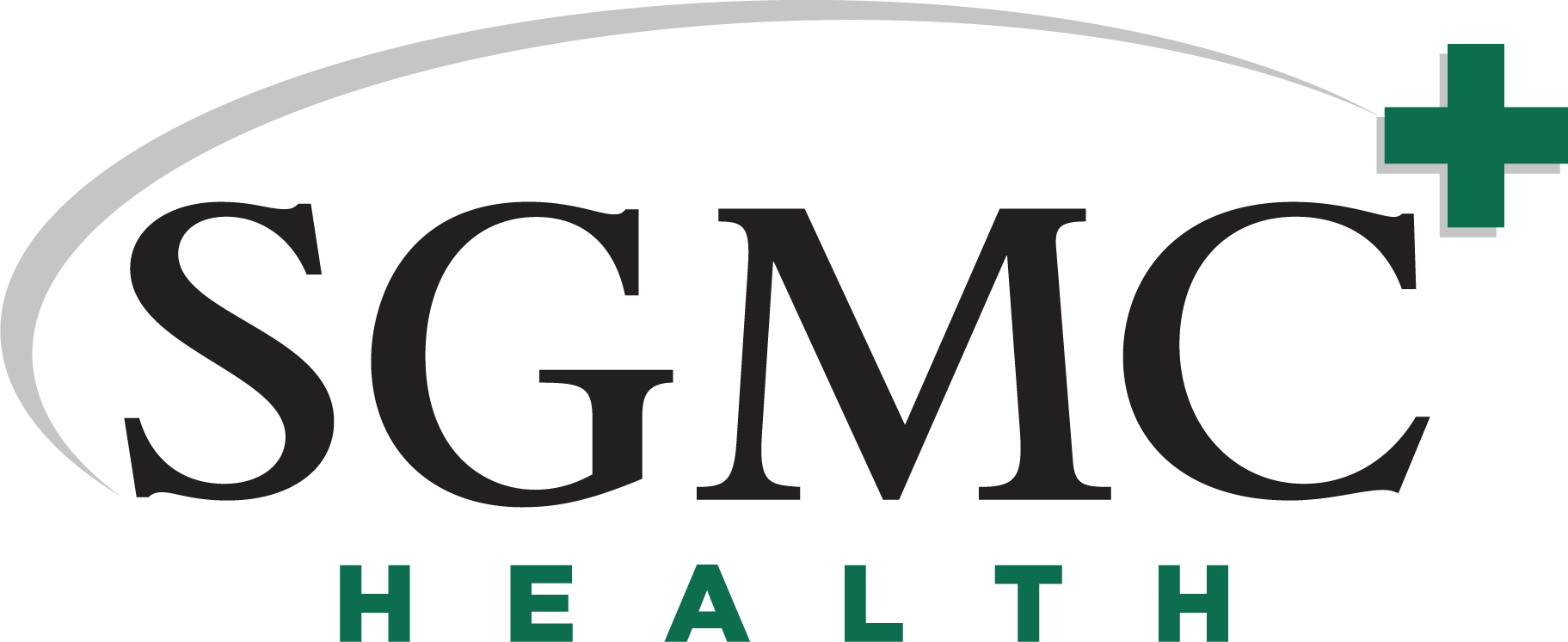An EGD, or upper endoscopy, is a procedure that enables the examiner (usually a gastroenterologist) to examine the esophagus (swallowing tube), stomach and duodenum (first portion of small bowel) using a thin, flexible tube through which the lining of the esophagus, stomach and duodenum can be viewed using a TV monitor.
This procedure allows for diagnosis of gastrointestinal disease and for treatments as well. Diagnosis of heartburn and acid reflux, abdominal pain, nausea and vomiting, swallowing difficulties, unexplained weight loss and bleeding in the upper GI tract can be determined with an EGD. Additional procedures with EGD include treatment such as dilation of the esophagus, treatment of bleeding, foreign body removal and biopsy.
